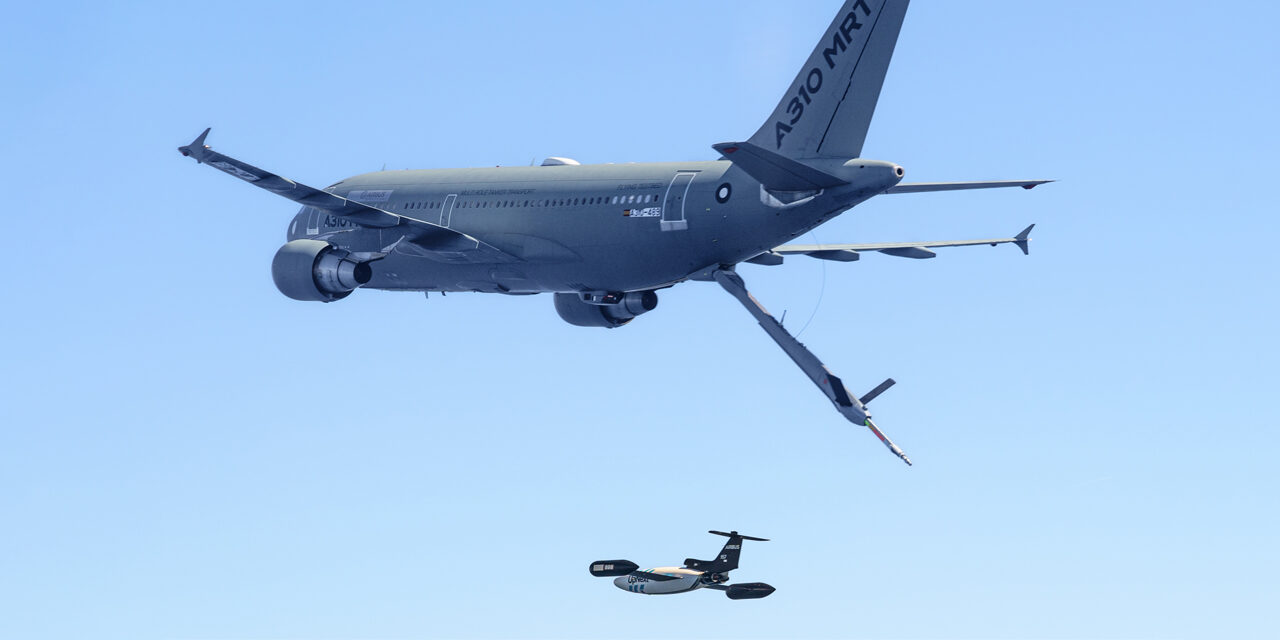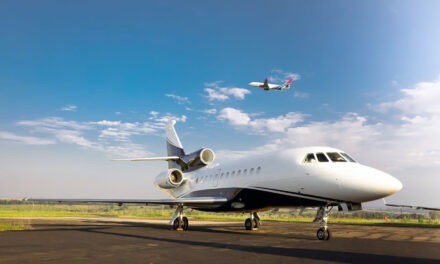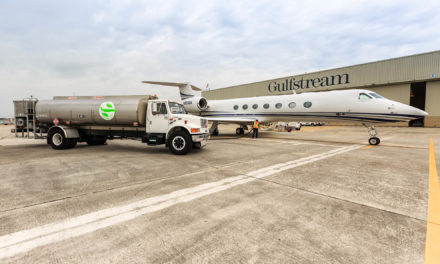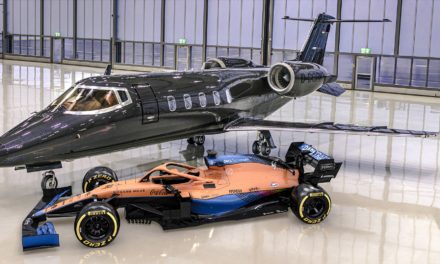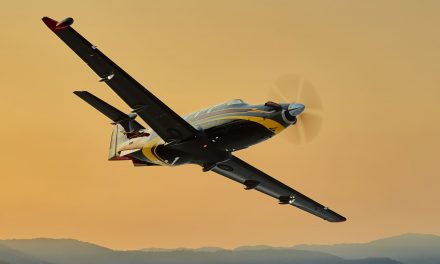Airbus Defence and Space and the company’s wholly owned subsidiary, Airbus UpNext, have achieved in-flight autonomous guidance and control of a drone using an A310 MRTT.
In a first step towards Autonomous Formation Flight and Autonomous Air-to-Air refueling (A4R), the technologies demonstrate a significant breakthrough for future aerial operations involving manned and unmanned assets.
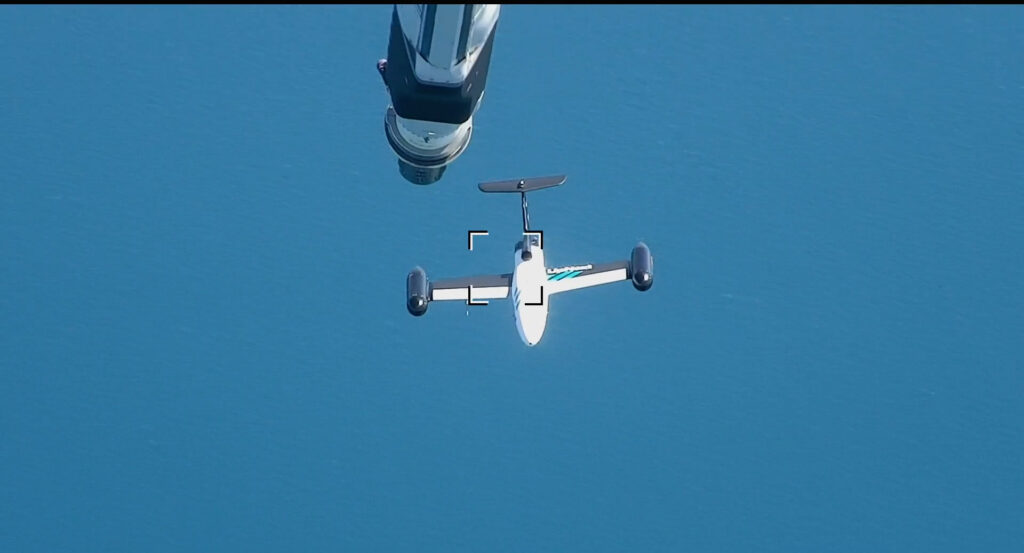
These cutting-edge, ‘Made in Europe’ solutions could reduce crew fatigue and the potential for human error, as well as minimizing crew-training costs and providing more effective operations.
“The success of this first flight-test campaign paves the way for developing autonomous and unmanned air-to-air refueling technologies,” said Jean Brice Dumont, Head of Military Air Systems at Airbus Defence and Space. “Even though we are at an early stage, we have achieved this within just one year and are on the right track for manned-unmanned teaming and future air force operations where fighters and mission aircraft will fly jointly with drone swarms.”
Known as Auto’Mate, the technologies were integrated on an A310 MRTT flying test-bed, which took off from Getafe, Spain, on 21 March, and on several DT-25 target drones, acting as receiver aircraft and flying from Arenosillo Test Centre (CEDEA) at Huelva, Spain.
Over the waters of the Gulf of Cadiz, the control of the drone transitioned from a ground station to the A310 MRTT, autonomously guiding the DT-25 to the in-flight refueling position.
During almost six hours of flight test, the four successively launched receivers were sequentially controlled and commanded thanks to artificial intelligence and cooperative control algorithms, without human interaction. The different receivers were controlled and guided until a minimum distance of 150 feet (around 45 meters) from the A310 MRTT. A second campaign is expected towards the end of 2023.

